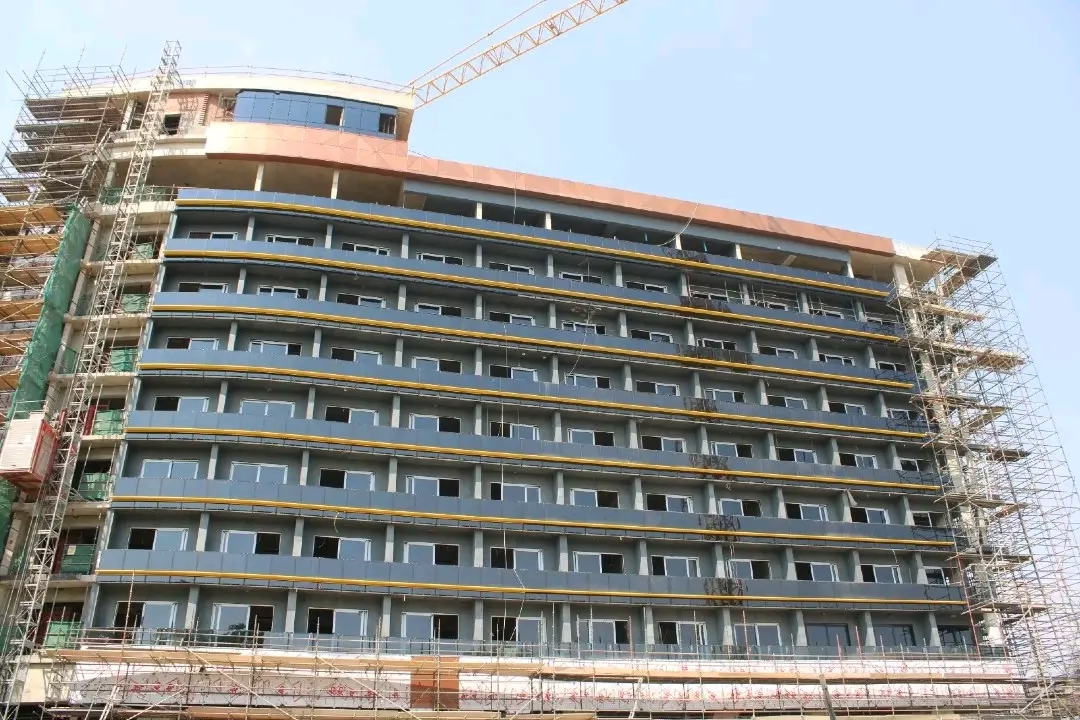
Zimbabwe is edging closer to a new economic dawn with the near completion of the African Export-Import Bank (Afreximbank) African Trade Centre in Harare, a US$100 million project that is poised to alter the country’s investment and trade landscape. More than just a physical structure, the development represents a powerful statement of confidence in Zimbabwe’s economic prospects, reflecting both resilience and ambition at a time when regional competition for investment is intensifying.
The complex will house a modern exhibition and conference centre, a hotel, office space, and an industrial technology hub, blending the functional with the strategic. For many, the project is more than bricks and mortar, it is a practical tool for integrating Zimbabwe into continental and global trade flows. By attracting multinational corporations, banks, and trade organisations, it positions Harare as more than a political capital; it becomes a destination for dialogue, deal-making, and cross-border investment.
What stands out is not only the scale of the project but the context in which it is emerging. After years of a sluggish construction sector and subdued investor confidence, the Afreximbank facility has become a barometer of change. It symbolises how long-term partnerships with development financiers can generate momentum for broader economic renewal. As Institute of Architects of Zimbabwe president Ishumael Gura observed, the complex underscores how challenges can be reframed as opportunities, with Afreximbank’s commitment reflecting its faith in Zimbabwe’s untapped potential.
Beyond symbolism, the economic multipliers are already visible. Jobs have been created along construction value chains, skills have been transferred, and new demand for supporting services has been triggered. Harare, long constrained by a hotel accommodation deficit, will soon benefit from the hospitality facilities within the complex. In addition, the sight of cranes dotting the skyline is itself an indicator of confidence and growth, a break from years of stagnation in the capital’s construction landscape.
The strategic timing is equally critical. As Zimbabwe advances its Vision 2030 agenda and deepens economic reforms, the Afreximbank African Trade Centre aligns with government priorities of reducing the cost of doing business, improving infrastructure, and attracting capital. It also sends a message to other multilateral financiers: that Zimbabwe is open, investable, and capable of delivering on large-scale projects without the interruptions that have marred past initiatives.
For Afreximbank, which has already channelled over US$5 billion into Zimbabwe in the past two decades, the project is an extension of its “all-weather friend” role. For Zimbabwe, it is a foothold in the regional economic conversation, an opportunity to reposition as a serious player in continental trade integration. If effectively leveraged, the African Trade Centre could become both a marketplace and a meeting place, helping Zimbabwe reclaim its status as a regional hub where commerce, innovation, and diplomacy intersect.




